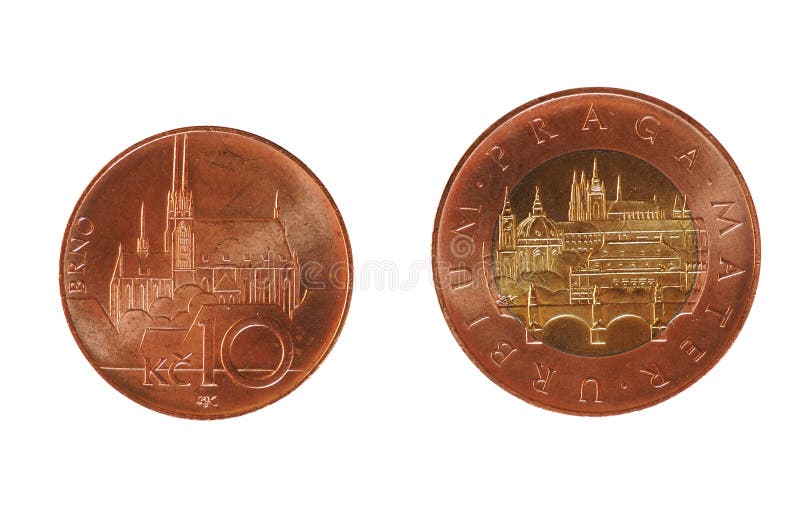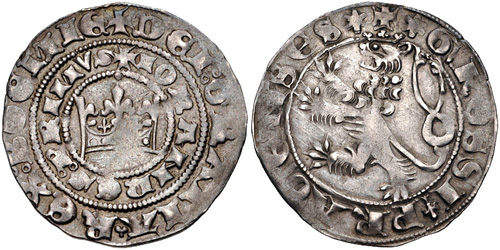This process uses specially designed equipment to digitize a maquette and record its dimensions. Digital reproductions are used to serve a variety of purposes during the process of production.
3D Scanning High-resolution scanners can capture the physical dimensions and details of the model. These scanners are able to capture geometry and measurements using various methods such as laser scanning or structure light.
Capturing Surface Data- The scanner emits laser or light beams that hit the surface of a plaster model. The scanner records the surface information of the model through recording reflections, distortions and other effects caused by the beams.
Data Collection - When the scanner passes over the plaster model it gathers an immense amount of information, creating an image of the model's geometry, contours and specifics.
Conversion to 3D Model: The data points are reconstructed by specially designed software. This model reproduces the physical attributes and dimensions of a maquette made of plaster.
What are the reasons for creating a digital 3D model?
Digital 3D models allow for exact reproduction of the physical model's details and dimensions. This ensures that final gold coins and medals are designed to match the intended design.
Digital models can be easily altered and refined. Designers are able to modify their designs without affecting the plaster maquette.
Compatibility With Manufacturing Processes Compatibility With Manufacturing Processes Digital 3D Models are compatible with different manufacturing processes like 3D printing, CNC machining, which allows the manufacturing of dies and molds for mass production.
Digital 3D models can be used to archive and document the design. Digitally stored 3D models can be used for future research, reproduction or documentation.
Designers and manufacturers can employ advanced manufacturing techniques to produce gold medals and coins that are precise and true to the original design by scanning models of plaster and generating digital 3D models. Read the most popular Scanning and 3D Modeling Prague Mint gold medals site examples. including gold medal swimming, liberty gold coin, saint gaudens gold coin, gold silver shops near me, 20 dollar gold coin, coin gold silver, gold price apmex, gold coin gold, buy gold pieces, buy gold coins and more.

Why Are Dies For Gold Coins Or Medals Made To Be Vacuum-Hardened?
To make dies harder for gold coins or medals, they are subjected to controlled temperatures inside the vacuum oven. Here's an outline of the vacuum hardening process for dies Preparation and Cleaning-
Diets for striking medals and coins are cleaned and free of contaminants.
Loading into Vacuum Furnace
The dies go into an environment chamber that is vacuum.
Evacuation of Air
Vacuum furnaces draw air out of chambers, resulting in an oxygen-free space. This helps to prevent the formation of oxidation and to guarantee uniform heat treatment.
Heating Phase
The furnace needs to be heated to the temperature needed for hardening the dies. The temperature range is based on the material used and the processes for hardening.
Soaking at high temperatures-
The dies are held at the elevated temperature for a specific time that allows the material to reach and retain the desired hardness as well as metallurgical structure.
Quenching (or cooling)
After the soaking phase, the dies can be quickly cooled by using special techniques. Rapid cooling helps to lock in desired hardness and strengths in the metal.
Tempering (Optional).
In some instances, the hardening is followed by a tempering procedure. Tempering is the process of heating dies at a lower temperature in order to alleviate internal stress and increase the toughness of the die while maintaining its hardness.
Quality Control and Inspec-
The dies that have been hardened are examined and tested to make sure that the dies meet all the specifications.
Post-Treatment Handling-
Die dies are coated or polished, and then used to create coins or medals.
The vacuum hardening process enhances the wear resistance, durability and longevity of dies used to create gold coins or medals. In creating a controlled, safe environment free from atmospheric contaminants, this process ensures the consistent and reliable hardening of dies, which improves the durability and quality of the minted products. Follow the top vacuum hardening Prague Mint gold coins blog examples including ngc grading, 1933 double eagle, gold and coin shops near me, bullion price of silver, today's 1 oz gold coin price, gold & silver bullion, gold medal swimming, american gold eagle 1 oz, gold medal of olympic, gold coin price today and more.
Why Do Dies Need To Be Polished By Hand? Ensure That Gold Medals And Coins Are Flawlessly Polished?
The process of hand polishing dies is essential for production gold coins and medals. This is due to the fact that it allows for a better reproduction of detail. A smooth surface allows the details of the design to reproduce more accurately on the struck coins and medals.
A polished die improves the value of coins and medals. This enhances the aesthetic and quality of the finished product.
Reduced Wear and Tear Polishing can decrease friction during the strike process. A smooth surface on the die minimizes the chance of any defects or irregularities on the struck medals or coins resulting from rough surfaces.
Consistency in Striking. Hand-polished dummies give a consistent strike surface and guarantee uniformity during the coining process. Consistency is vital to ensure the design's accuracy, depth and overall quality across several medals or coins.
Longevity: Clean and well-polished Dies are more durable. They are less likely than non-polished ones to wear down or become damaged in the process of striking. These dies have increased durability and can be used for a greater number of strikes, without sacrificing quality.
Precision and accuracy - Hand-polishing gives the engraver the capability to refine and fine tune particular areas in the die. This will ensure that the details of the medal or coin are accurately reproduced. This level of accuracy contributes to the accuracy and quality of the final product.
Quality Control: Polishing is an important part of quality control. Hand polishing the die allows you to identify and correct any imperfections or inconsistencies prior to the process of striking.
Surface Finishing - Polishing gives specific surface finishes and textures that improve the visual appeal or add unique features to coins and medals that have been struck.
The careful hand-polishing of the dies that are used to make gold coins and other medals is crucial to produce high-end products that are precise and pleasing to the eye. This process is vital to the appearance, longevity, and consistency of the final product. Follow the best hand polishing Czechoslovakia gold medals more tips. including 1 oz gold eagle, coin buy gold, 1 oz gold coin, gold bullion for sale, order gold coins, 1 ounce of silver, gold bars price, 24k gold coin, cost of a gold bullion bar, golden dime and more.

Why Do Certain Gold Medals And Coins Have An Aged Or Antique Look?
It can be used for various reasons including historical value, aesthetics or collector desire. This article explains how and why this is done.
Chemical Patination- Chemical processes involving patina-inducing solutions or acids are applied on the surface of a medal or coin. These solutions may result in a controlled tone or oxidation to give a look of age or antique. This process will highlight the details of your design, and provide depth.
Artificial AgingChemical and mechanical methods are employed to mimic the natural tarnishing process that happens as the coin or medal gets older. The use of tools or abrasive treatments may cause scratches or worn areas to create a more aged appearance.
Toning and Staining: Specific solutions, also known as heating treatments are employed to tone or stain the surface. This results in a variety of shades or hues. This method can mimic the natural tone and discoloration that develops in the course of time.
Techniques for polishing and buffing The areas that are selected to be polished or buffed to remove surface layers and highlights. This produces contrast and gives the appearance of wear and aging.
The Motives for Creating an Antique Appearance
Visual appeal- Some coin collectors and enthusiasts prefer coins that look vintage. The appearance of aging adds depth and character to the design. It is visually striking.
Historical or Commemorative Value - Coins and Medals that commemorate historical events or period may be aged in order to convey a sense or authenticity, or to resemble coins of a particular era.
Increased CollectibilityIncreased Collectibility - Antiqued medals or coins frequently appeal to collectors searching for rare or limited-edition pieces. The appearance of their aging can increase their collectible value.
Highlighting the Design Details Ageing processes can increase the fine detail of the design, by creating contrasts between the surfaces that are raised and recessed. This makes the design more visible.
Artistry - Minting authorities and artists can use aging techniques to add depth, story telling, or symbolism.
An intentional choice in art, creating an antique finish on gold medals or coins may bring back memories or increase visual interest. It also can provide a sense of history. The aesthetics must be balanced with the coin’s value and authenticity. Read the top rated antique finish of Prague Mint gold coins website recommendations. including gold price apmex, gold krugerrand, 2000 olympic, 5 dollar gold coin, one oz of gold, gold and coin near me, $5 gold piece, sell gold coins, oz gold bars, twenty dollar coin and more.
